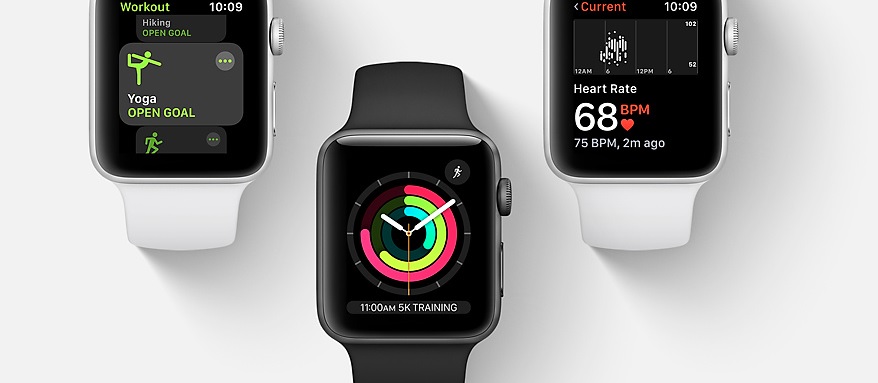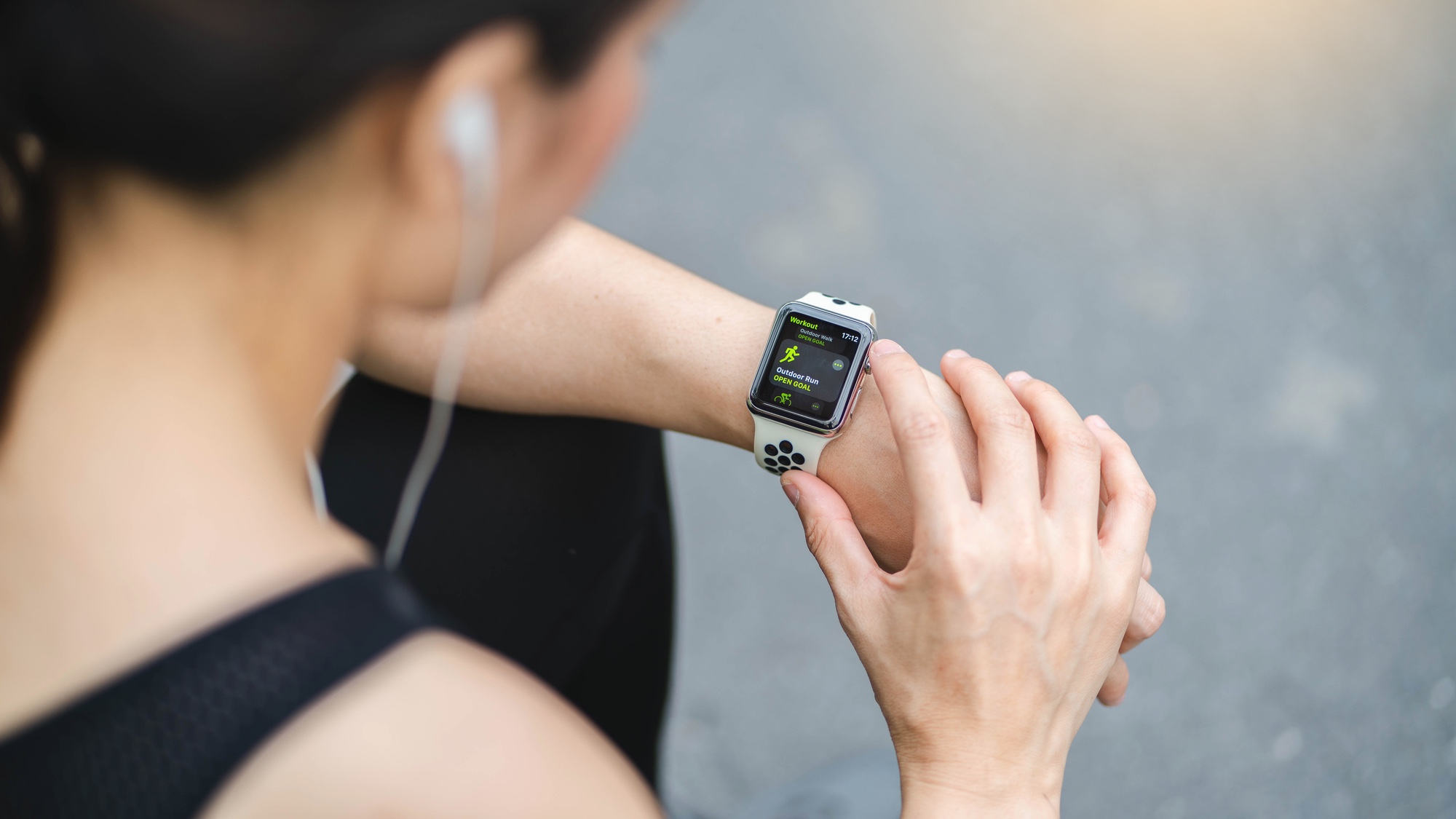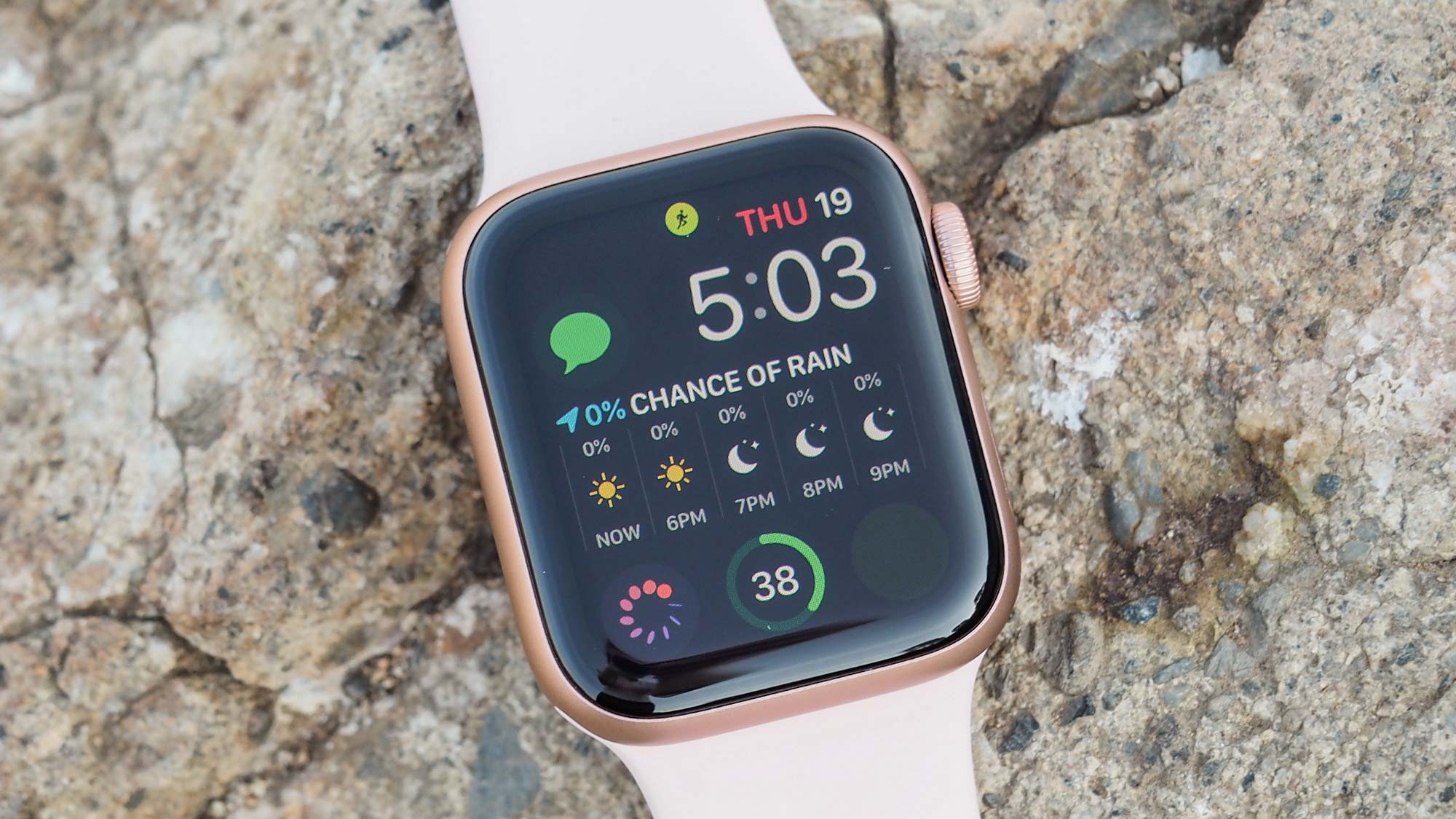The Apple Watch is like a nag on your wrist — and it needs to stop
Apple could make things so much better with these simple Apple Watch tweaks

The opposite of love isn't hate; it's indifference, and that's good news for the Apple Watch and its maddening yet addictive Fitness app. I’ve already outlined my issues with this infernal combination of Apple Watch and Fitness app, but I still care enough about the watch’s tracking features to want it to be better.
Below are my suggestions on how to make this combination less annoying and more empowering for Apple Watch wearers.
- Best workout apps for your phone
- Running a marathon? This is the running watch to use
- Plus: Apple Watch 7: Read this before you preorder
Let Apple Watch users set their own goals
It's nice that the Fitness app tries to nudge its users -- sometimes. But why should it be the only one to decide what counts as a goal? Give Apple Watch users the option to set goals, whether it's paring a minute off their average running pace, swimming 365 kilometers in a calendar year or doing 6 hours of yoga per week.
Let Apple Watch users freeze their streaks
Streaks are psychologically powerful things. Jerry Seinfeld uses them for maintaining his comedy craft; as Lifehacker once reported, Seinfeld credited the streak with putting pressure on him to maintain a daily practice of writing jokes: "After a few days you'll have a chain. Just keep at it and the chain will grow longer every day. You'll like seeing that chain, especially when you get a few weeks under your belt. Your only job next is to not break the chain."

One of the core tenets of the Fitness app is that the Move ring, which measures active calories, must be closed every day to qualify for all of the Apple Watch’s the streak-based rewards. And it can be demoralizing if something beyond your control, like an injury from a car accident, blows a healthy streak.
My suggested solution: Let Fitness app users freeze their streaks. It can be done without completely destroying the healthy habit-building behaviors the Watch encourages.
I know this because I have seen this practice in action. I have lived it.
Every day that I do my Deutsch hausaufgaben in DuoLingo, I earn a number of tokens; it takes approximately five days of decently rigorous German practice for me to earn enough tokens to buy a streak freeze. I can hit the pause button on my daily streak on the days I just don't have the capacity to remember what I'm going to say when I need to cancel my high-speed train ticket in the travel center. (Ich möchte mein ICE-fahrkarte im Reisezentrum stornieren.)

It would not be hard to apply the same principle to the Fitness app and the rings — if anyone closes their Move ring for six days in a row, they get a one-day streak freeze for use whenever they need it.
Let's say a user doubles their Move ring in a day — another one-day streak freeze to add to the pile. Or hey, let's go wild: Every time a user hits a streak-type reward like closing their Move ring seven days in a row, having a perfect month or meeting a fitness goal, they get another day to add to the streak-freeze stash. Let people have the option to earn days off without suffering the emotional blow of losing a streak!
Add context to the Apple Watch’s metrics
One of the most frustrating things in the Fitness app is how decontextualized the data logged in the Trends section is: Oh no, I'm only exercising an average of 58 minutes a day! Never mind that the weekly total works out to 406 minutes, or approximately two and a half times the CDC recommendation.
The whole graphic interface is designed to make users get invested in their subjective gains or losses, not look at how their habits stack up against researched guidelines and recommendations. (Fitbit's Active Zone Minutes, which calculates your activity based on how much your heart is pumping, is a more realistic indicator).
It would not be hard to reframe the metrics: It's not a terrible thing to note that I'm exercising an average of 4 minutes less per day than I was six weeks ago, but so long as the numbers still fall within a range of healthy behavior, give me that information too. This helps people assess whether losing 4 minutes off their daily average is a problem or if it's not anything to worry about yet.
The Apple Watch should be more proactive during workouts
On September 9, 2020, the sky turned orange where I lived thanks to a one-two hit of fog and smoke from multiple wildfires burning throughout California and Oregon. The Air Quality Index Value shot above 200 — that’s considered Very Unhealthy.
And I have a swim workout logged on my Fitness app for that day.

Swimming under a Bladerunner-quality sky isn't the really surreal part. The really surreal part is that my Watch, which displayed the AQI on its weather widget and had the data readily available, did not throw up a single alert asking, "Hey, maybe consider an indoor workout instead?"
It's a missed opportunity for Apple, which sells its smartwatches as part of health-conscious regimen. The Apple Watch could easily ping with alerts for all sorts of situations where the weather could adversely affect your workout — getting reminders for hydration when running in 100-degree temperatures, for example.
The watch and Fitness app could also add the option to alert a trusted contact if your data changes abruptly during a workout. If someone is running in hot weather, for example, and their pace changes dramatically, wavers or stops suddenly, the watch could ping a designated emergency contact with their person's last known location.
The watch has that data and the capability to contact other people; it can certainly find ways to build in safety features.
Making a better Apple Watch
The whole point to wearing an Apple Watch is to have a device that improves your life by providing a little more ease and control in your life — discreetly buzzing directions as you stroll through a new city, answering urgent texts and alleviating stress on both sides of the conversation, boosting healthy habits that improve stress management.
So why not improve the watch just a little more by adding some user-centric control features to Fitness, reducing the stress, and adding a little safety net? If the Watch can urge its users toward continuous improvement, surely users can ask the same of their Watch.
- Best smartwatch
- The best Apple watch: Series 7, 6, SE, and 3 compared
Sign up to get the BEST of Tom's Guide direct to your inbox.
Get instant access to breaking news, the hottest reviews, great deals and helpful tips.
